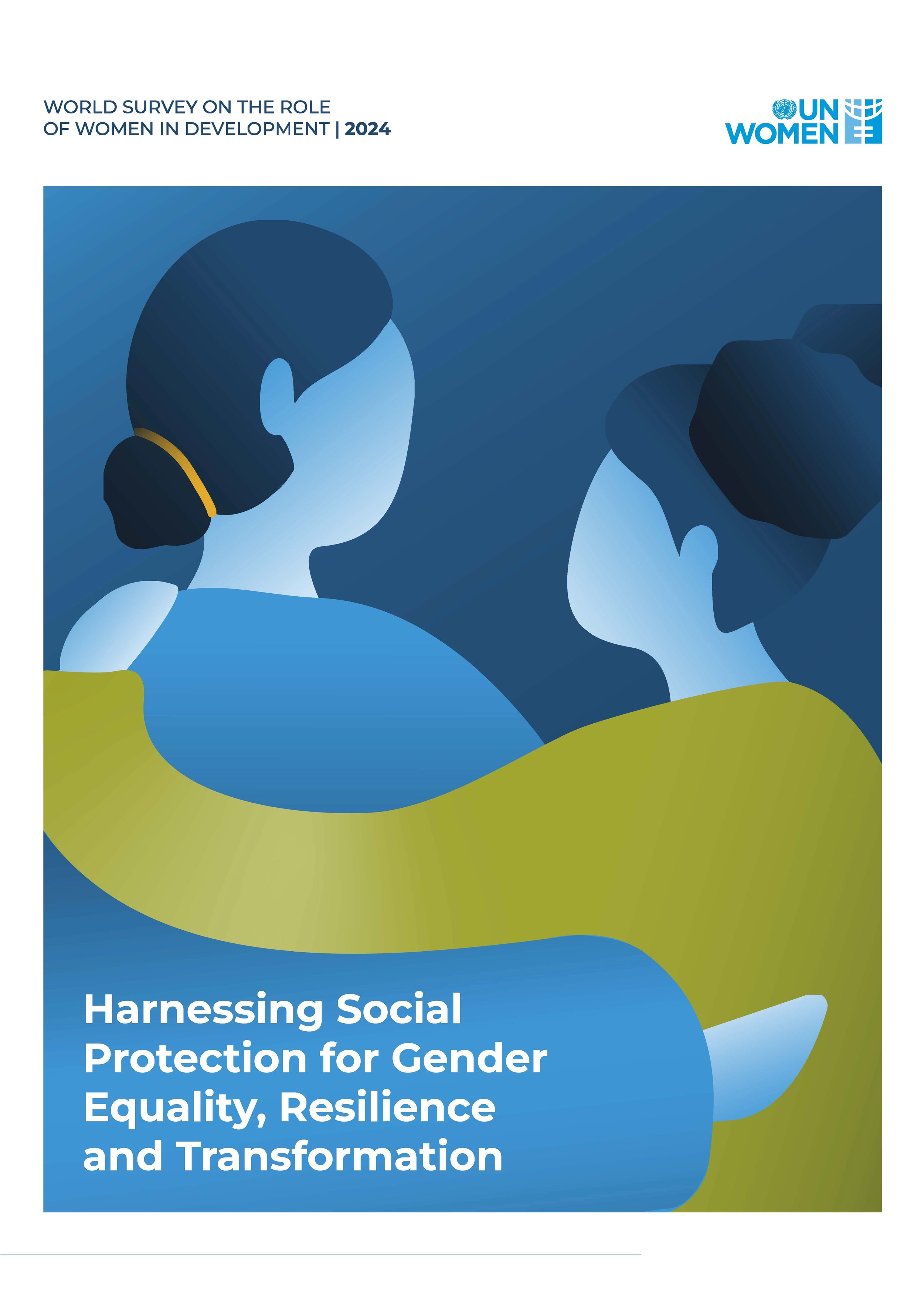In Zambia, economic growth is primarily driven by large-scale, formal investments in sectors such as minerals, tourism, and services. However, these sectors employ relatively few people and have a limited impact on overall poverty reduction due to weak economic multipliers.
Consequently, Zambia needs complementary efforts focused on “Growth from Below”, small- scale, informal investments at the household level to effectively reduce poverty, particularly in an economy characterised by high inequality and a heavy reliance on minerals. According to the World Bank (2025), Zambia’s economic growth has a minimal effect on poverty alleviation, meaning that even substantial economic growth results in only modest reductions in poverty levels. While governments typically prioritise large-scale investments, a balanced approach that promotes both Growth from Above (GfA) and Growth from Below (GfB) is essential for inclusive and sustainable poverty reduction.
Furthermore, although the minerals sector is economically significant, it inadequately contributes to government revenues due to externalization of financial flows and opaque financial practices on which significant Zambian institutional capacity has been built (Inter-governmental Forum, 2025). Mineral companies are sometimes able to negotiate special agreements with the Ministry of Finance and Planning to minimise or evade taxes and royalties, as in the recent dropping of a 15% export tax. Addressing these transparency and taxation issues, which have long been a concern for the Zambia Revenue Authority (ZRA), is crucial to ensure that revenues from mineral wealth are effectively directed towards supporting broader economic initiatives that can genuinely benefit all Zambians.
Written by Andrew Shepherd


